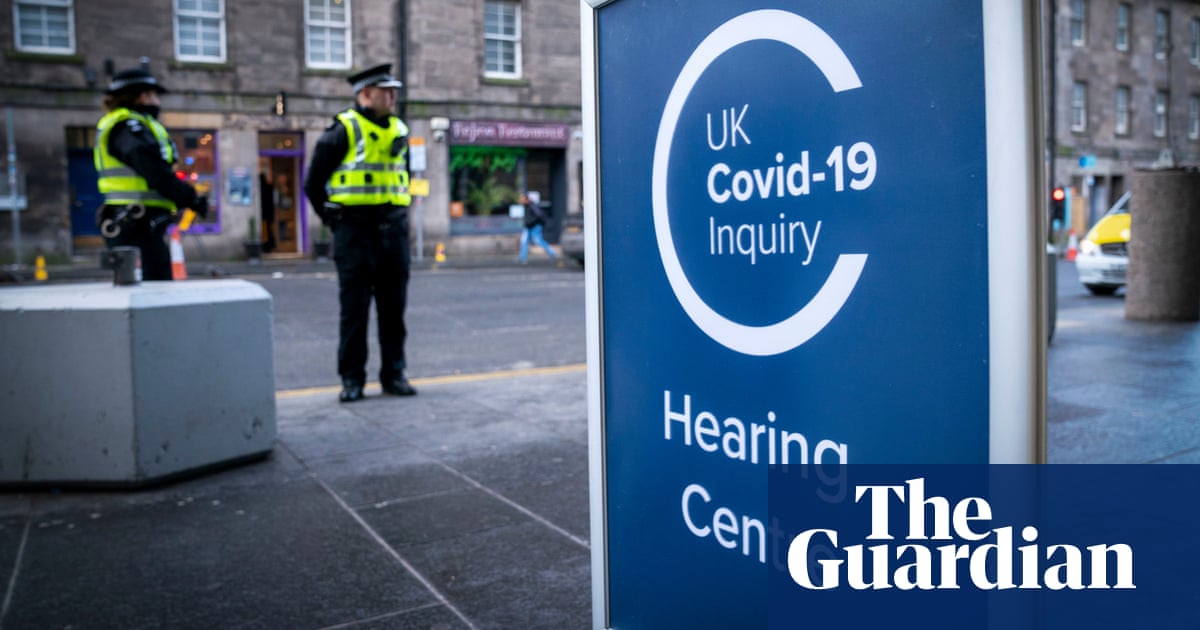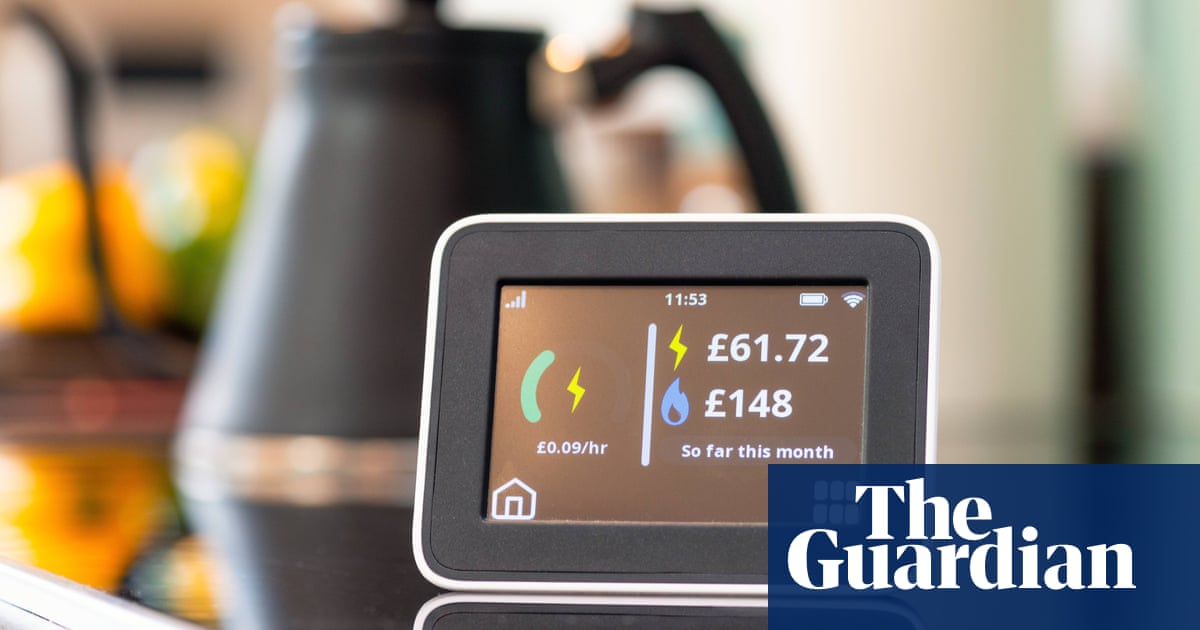
Boris Johnson dubbed tomorrow “freedom day”, but for many of the 3.8 million people in England who are clinically vulnerable, it will feel like anything but. With most of the remaining Covid restrictions lifted in England – from masks in public places and social distancing to guidance to work from home – people who are at high risk of severe illness or death from the virus are now worryingly exposed.
The government has released updated guidance to help clinically vulnerable people with the new circumstances, although “guidance” may be pushing it. It is a scant document, in essence advising people with underlying health conditions to avoid going indoors or near unvaccinated people throughout the summer. There is no word on how exactly a person is meant to know if someone else has had the jab, or how we are supposed to bubble ourselves away from the significant proportion of the population who are still not fully vaccinated, or the minority who aren’t at all (including, possibly, our own carers). Neither are there any tips on how to avoid going inside buildings, whether that’s a clinically vulnerable parent taking their child to school or an employee going into the workplace.
Anyone concerned ministers hadn’t thought this through need only read their advice on supermarkets. The guidance suggests disabled people survive by going to shops “at a quieter time of day” – little help to most of us who are busy and whose days don’t revolve around the wider public’s timetable, and certainly no help if you are clinically vulnerable and actually work in a shop. (Major retailers such as Tesco have responded by issuing their own mandatory mask policies.)
It is not so much a plan as a pretence, where the government is abdicating responsibility for protecting its high-risk citizens by “advising” them to remove themselves from everyday life. The impact is already clear enough: research by the charity Scope ahead of the rule changes found only 2% of disabled people said they felt safe.
Ministers have essentially invented unofficial shielding, asking millions of people to isolate themselves, but to do so this time without even minimal support from the state. There are now no concrete or consistent protections at work for clinically vulnerable employees. Supermarket priority slots have been taken away. Furlough is due to come to an end in September. When ministers launch a system of “personal responsibility” to fight coronavirus, what they’re really doing is putting all the responsibility on people at high risk.
From the beginning of the pandemic, the government has viewed clinically vulnerable people through a faulty lens – that they are either all elderly and retired (many are young and in work) or that having a disability means they do not have careers, children or friends like everyone else. It is public policy based on prejudice, and has created a situation where those with underlying health conditions are seen by many as some sort of “other”. In fact, these millions of people are an integral part of the country. Your bus driver may have asthma. Your child’s teacher could have muscular dystrophy. Your GP might have had a kidney transplant. Even if it were ethical to effectively cut these people out of society, it is wildly impractical.
The response to clinically vulnerable people’s concerns is often “we can’t stay in lockdown for ever”. But this is a straw man. It is not people at high risk who have led to longer lockdowns than would otherwise have been necessary, it is the government’s poor decisions. Besides, no one wants hard restrictions, not least clinically vulnerable people, who have spent more time stuck indoors than anyone. What is needed is low-effort, practical measures that will enable all of us – young, old, those with underlying health conditions and those without – to get on with life together as safely as possible.
This means continuing employment protection and access-to-workplace adjustments for people at high risk, such as the right to work from home wherever possible, as well as flexibility in start and finish times so vulnerable workers can avoid peak-time travel on public transport; the government’s “advice” not to commute at rush hour is useless when your boss wants you in by 9am. It also means keeping protections in public places while infection rates are high; the climbdowns in recent days by the cabinet over the use of masks in some settings, and the intervention by some regional mayors, gives a hint at how illogical removing them is.
As useful as vaccinations are, it also needs to be understood that they are not a magic bullet. Those who say “just vaccinate the vulnerable” ignore the fact that up to half a million people in the UK will not be fully protected by the vaccine because they have certain health conditions or take specific medication. New YouGov data shows that 68% of UK adults are not aware that such people are not as effectively protected by both doses of the Covid-19 vaccine as the general public. Extra precautions such as mask wearing and social distancing are vital to protect them and the clinically vulnerable children and teenagers who are still not eligible for a jab.
The fallout from the government’s dire plan will be all too predictable: further unnecessary deaths of the clinically vulnerable, workers at high risk losing their jobs and greater mental health problems. This is a group of people who have already borne an unimaginable burden throughout the pandemic, from quitting their job to stay safe and not seeing family or friends for 18 months, to going on antidepressants because of the isolation.
If the coronavirus crisis has taught us anything, it is that each of our actions impacts others. As the masks come off and the space recedes, those at high risk from the virus are now forced to shut themselves behind their front door once more. Freedom for some looks a lot like restriction for the rest.
Frances Ryan is a Guardian columnist and author of Crippled: Austerity and the Demonisation of Disabled People (available in audiobook)












